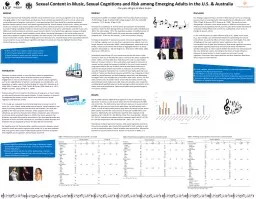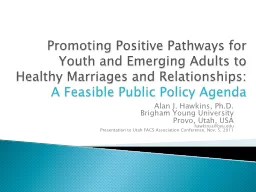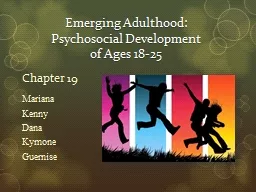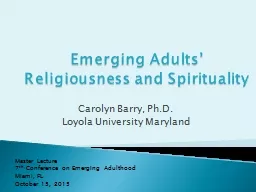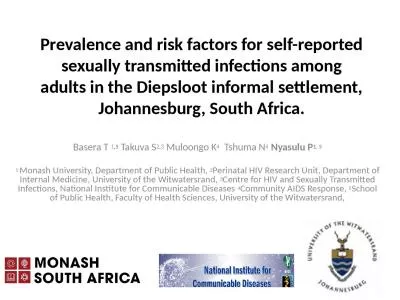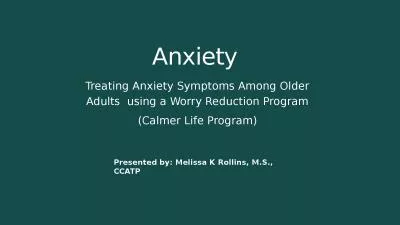PPT-Sexual Content in Music, Sexual Cognitions and Risk among Emerging Adults in the U.S.
Author : briana-ranney | Published Date : 2018-02-07
Chrysalis Wright amp Mark Rubin Abstract This study examined the relationship between sexual content in music and sexual cognitions and risk among emerging adults
Presentation Embed Code
Download Presentation
Download Presentation The PPT/PDF document "Sexual Content in Music, Sexual Cognitio..." is the property of its rightful owner. Permission is granted to download and print the materials on this website for personal, non-commercial use only, and to display it on your personal computer provided you do not modify the materials and that you retain all copyright notices contained in the materials. By downloading content from our website, you accept the terms of this agreement.
Sexual Content in Music, Sexual Cognitions and Risk among Emerging Adults in the U.S.: Transcript
Download Rules Of Document
"Sexual Content in Music, Sexual Cognitions and Risk among Emerging Adults in the U.S."The content belongs to its owner. You may download and print it for personal use, without modification, and keep all copyright notices. By downloading, you agree to these terms.
Related Documents

